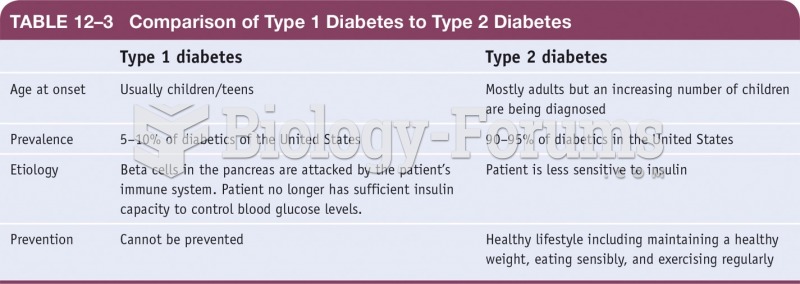Answer to Question 1
ANS: A, B, C
Educational needs are assessed during the patient interview. The nurse should document gaps in patient knowledge and areas in which clarification of disease processes or treatment would be beneficial. Prior to initiating patient education, the nurse needs to assess a patient's cognitive ability, reading level, and potential language barriers. Assessment should include collecting information about what the patient already knows about her/his current condition and what additional knowledge is needed. Assessment information about the patient's educational needs should be documented and should guide aspects of the patient's individualized plan of care. Thorough assessment of the patient's knowledge should be used to determine the need for referrals and educational interventions.
Answer to Question 2
ANS: C
The body systems model organizes data on the basis of each system of the body: integumentary, respiratory, cardiovascular, nervous, reproductive, musculoskeletal, gastrointestinal, genitourinary, and immune systems. It follows a sequence similar to the medical model for physical examination. The body systems model for data organization tends to focus on the physical aspects of a patient's condition rather than a more holistic view. Organizing assessment data in a head-to-toe (cephalic-caudal) pattern ensures that all areas of concern are addressed. The nurse documents information regarding the patient's general health status first, including data related to psychosocial concerns, emotional status, cultural and ethnic influences, and living conditions. Vital sign assessment data are then recorded, followed by objective and subjective patient information. Physical assessment data are documented, starting with the head and ending with findings related to the lower extremities. Marjory Gordon developed functional health patterns to help nurses focus on patient strengths and related but sometimes overlooked data relationships. For instance, one of the functional health patterns is activity and exercise. In this health pattern, the patient data related to cardiac, respiratory, and musculoskeletal function are recorded because the ability of a patient to initiate and continue activity depends on the condition of the heart, lungs, and muscles and bones. This method of organizing patient data is a more holistic approach than the others.







